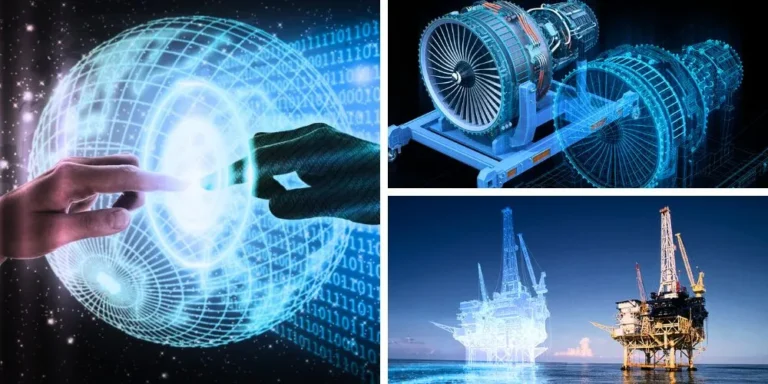How Drones Are Revolutionizing Various Industries
Drones are increasingly becoming integral tools across various sectors, enhancing efficiency and precision. In agriculture, they provide critical insights into crop health, while in construction, they ensure accurate site assessments. The healthcare industry benefits from swift medical deliveries, and logistics experiences improved delivery times. As these technologies evolve, their impact on these industries raises questions about future applications and potential challenges. What possibilities lie ahead as drone technology continues to advance?
Drones in Agriculture: Enhancing Crop Management and Monitoring
In recent years, a significant number of farmers have turned to drones as vital tools for enhancing crop management and monitoring.
These aerial devices facilitate precision agriculture by providing real-time data on crop health, soil conditions, and resource distribution.
Consequently, farmers can make informed decisions, optimize inputs, and ultimately increase yields while promoting sustainable practices.
Drones thus play a pivotal role in modern agricultural efficiency.
See also: How Digital Twins Are Changing Engineering and Design
Transforming Construction: Drones for Site Surveys and Inspections
The integration of drones into various sectors continues to gain momentum, with the construction industry experiencing significant advancements in efficiency and safety.
Drones facilitate precise site mapping, allowing for comprehensive data collection that enhances project planning.
Furthermore, their use in safety inspections minimizes risk by identifying potential hazards from an aerial perspective, ultimately promoting safer work environments and streamlining operational workflows.
Revolutionizing Healthcare: Drones in Emergency Response and Delivery
While traditional emergency response methods can often be hindered by traffic, geographical barriers, and time constraints, the introduction of drones into healthcare is transforming how medical supplies and urgent care reach those in need.
Drone ambulances facilitate rapid transport, while aerial telemedicine enhances remote consultations. This innovative approach not only expedites critical care but also empowers communities, ensuring better health outcomes and greater freedom in emergency responses.
Logistics and Delivery: Streamlining Operations With Drone Technology
As businesses increasingly seek efficient solutions to meet consumer demands, drone technology emerges as a transformative force in logistics and delivery operations.
By enhancing last mile delivery, drones significantly reduce transit times and costs. Additionally, they improve inventory management through real-time tracking and automated restocking, enabling companies to operate with greater agility and responsiveness.
Ultimately, fulfilling consumer needs with unprecedented speed and efficiency.
Conclusion
In conclusion, drones are not merely a technological advancement; they are catalysts for transformation across industries. In agriculture, they enhance crop management; in construction, they streamline site inspections; in healthcare, they expedite emergency responses; and in logistics, they optimize delivery processes. As businesses and communities harness the power of drones, they unlock new levels of efficiency, safety, and innovation. The potential of drone technology continues to expand, promising even greater advancements in the future.




